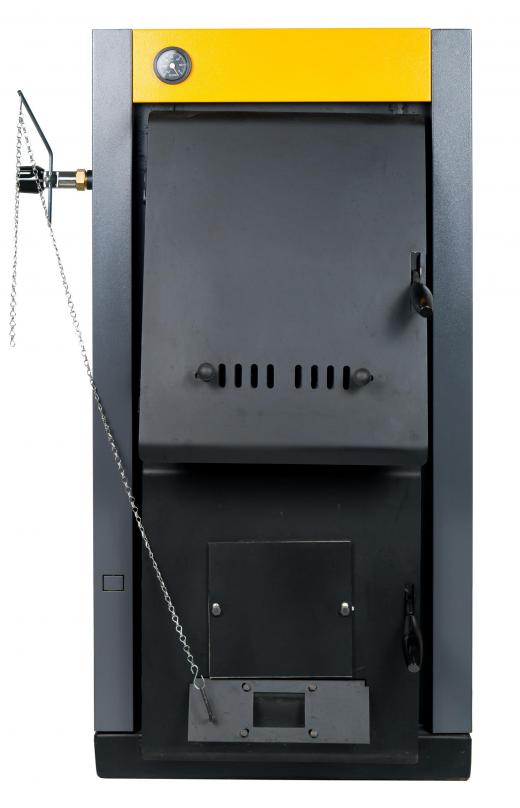Of all the parts of a furnace, the burner is the most essential. A furnace burner is the point in a furnace where a mixture of air and fuel is burned to produce heat. There are several different types of furnaces, which burn different types of fuel in different ways, depending on the application.
Industrial furnaces have burners which are decidedly complex in terms of their operation and the types of fuel used. The typical industrial furnace has a cylindrical shape with a burner at the bottom which fires upward. Around the burner on the floor of the furnace is a material called refractory which is stable enough for a person to walk on it for maintenance of the furnace.

A furnace burner is usually lit by a pilot flame, which itself is lit by an electrical spark, similar to how a spark plug works in an engine. Some older models were lit by hand, though these have almost all been phased out because of the obvious risks involved. A furnace burner may include a pre-mixer to mix the fuel with the air prior to entering the burner, for better combustion.
An industrial furnace burner will usually be one of three main types. The first type is the atmospheric burner. Atmospheric burners operate on a liquid petroleum fuel which is mixed with ambient air just before combustion. This type of furnace burner is most suited to industrial applications where lower temperatures than 1060 degrees Fahrenheit (572 degrees C) are needed.
A pre-mix furnace burner is one where air and fuel are mixed before entering the burner for combustion. This type of furnace burner creates much higher pressures than an atmospheric burner, bringing about a greater efficiency and a hotter flame. There is also a greater degree of control over the air and gas mixture. Pre-mix burners are also somewhat easier to control than another type, the nozzle-mix burner.
A nozzle-mix furnace burner does the mixing of the fuel and air after these leave the burner port. Up until they reach the burner head they are kept separate, allowing for lower pressures leading up to the burner. With this type there is also no chance of flashback, a dangerous condition in which the fuel combusts prematurely, while still inside the burner. This type of burner also has the advantage of being able to create various flame shapes and characteristics to suit the requirements of any industry.
